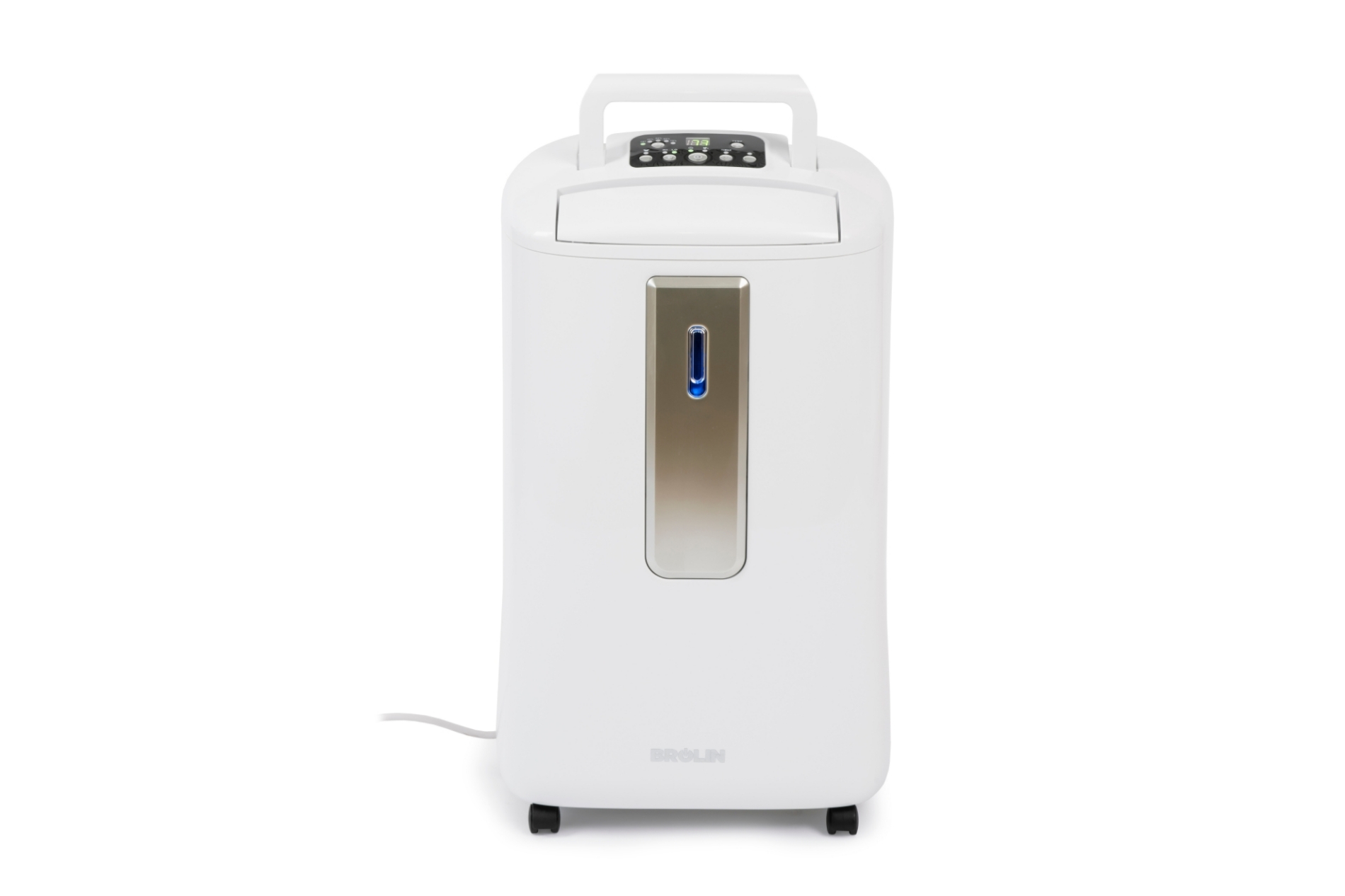
Guide to Domestic Dehumidifiers
When our customers enquire about domestic dehumidifiers, the most common question we get asked is whether they should purchase a desiccant dehumidifier or a compressor dehumidifier.
Desiccant dehumidifiers tend to be smaller, lighter, quieter and are more effective and efficient at extracting moisture in cooler environments. This makes them ideally suited for use here in the UK.
Compressor dehumidifiers only work well in warmer temperatures over 18°C, whereas desiccant dehumidifiers extract the same amount of moisture in any temperature between 1°C - 20°C.
Whilst a desiccant unit may consume more power on an hourly basis than a compressor unit, they are much more effective at extracting moisture and achieve a better result in a much shorter time. So in real terms, desiccant units can actually be cheaper to run than compressor dehumidifiers.
More Economical to Run
At a normal room temperature of 20°C, a 7 litre per day extraction desiccant dehumidifiers (power consumption 660 watts per hour) will normally extract more moisture in one hour than a 20 litre per day extraction compressor dehumidifier (power consumption 370 watts per hour) will extract in one and a half hours.
However, at 15°C it takes the compressor unit much longer to extract the same amount of moisture. This effectively means that the desiccant dehumidifier is cheaper to run to achieve the same result.
Desiccant Dehumidifiers
Desiccant dehumidifiers use a desiccant material, typically zeolite, which absorbs water vapour from the air in a similar way to silica gel. A fan draws air into the dehumidifier and passes it through a section of a slowly rotating wheel which holds desiccant and dries the air.
The moisture is extracted from the desiccant by heating a portion of the wheel not being used to dry the air. All desiccant units are rated in test conditions of 60% humidity (as opposed to 80% for compressor units).
They extract the same amount of moisture irrespective of the temperature in which they are working. There are no consumables on a desiccant unit; the desiccant material does not expire and does not need to be replaced or topped up.
The lifespan of a desiccant unit tends to be longer than a compressor unit as it is a far simpler process with far less moving parts, no compressor and no refrigerant gas being held under high pressure to potentially fail.
Compressor Dehumidifiers
Compressor dehumidifiers work on the principle of moisture condensing on a cold refrigerant pipe inside the unit. As a result, they work well in very warm conditions, but as the temperature falls their effectiveness drops off dramatically. All compressor driven units are rated in test conditions of 80% humidity and 30°C temperature.
A three degree drop in temperature to 27°C results in up to a 50% loss of performance. At a typical room temperature of 21°C, a compressor dehumidifier will tend to extract only around 30% of its theoretical maximum. Below 15°C most compressor units will have a loss of performance of around 90% and if the temperature drops below 8°C, basic compressor dehumidifiers will stop working as the evaporator plates often ice up.
A compressor dehumidifier rated at 20 litres per day extraction will extract up to 5 litres in a normal domestic environment. A unit rated at 18 litres will extract up to 4.5 litres and a 10 litre will extract up to 2.5 litres. Independent test results have shown that desiccant dehumidifiers extract more than twice as much moisture than compressor dehumidifiers.
Advantages of Desiccant Dehumidifiers
Desiccant dehumidifiers can also reduce the humidity level to 40% in a well-sealed environment, whereas compressor units find it much harder. 40% humidity is below the rusting point of metal which is another reason why desiccants are used for protecting vehicles, tools and equipment.
Desiccant dehumidifiers also offer other useful features such as a continuous drain off facility which means that rather than just collecting the extracted moisture in a holding tank, there is the option to drain off the moisture through a small hose which can be fed into a sink, drain point or separate holding tank.
They also have an auto restart facility which means that after a power failure or power cut, the unit will start back up automatically and continue to run at the same setting it was running at prior to the cut in power rather than going into standby and having to be manually reset. It also means that the unit can be left running on a plug timer if needed.
At Sunbelt Rentals, we offer a wide range of domestic dehumidifiers for sale online and our experts can help advise what models are best suited to your application. Contact us today for more help or advice.

